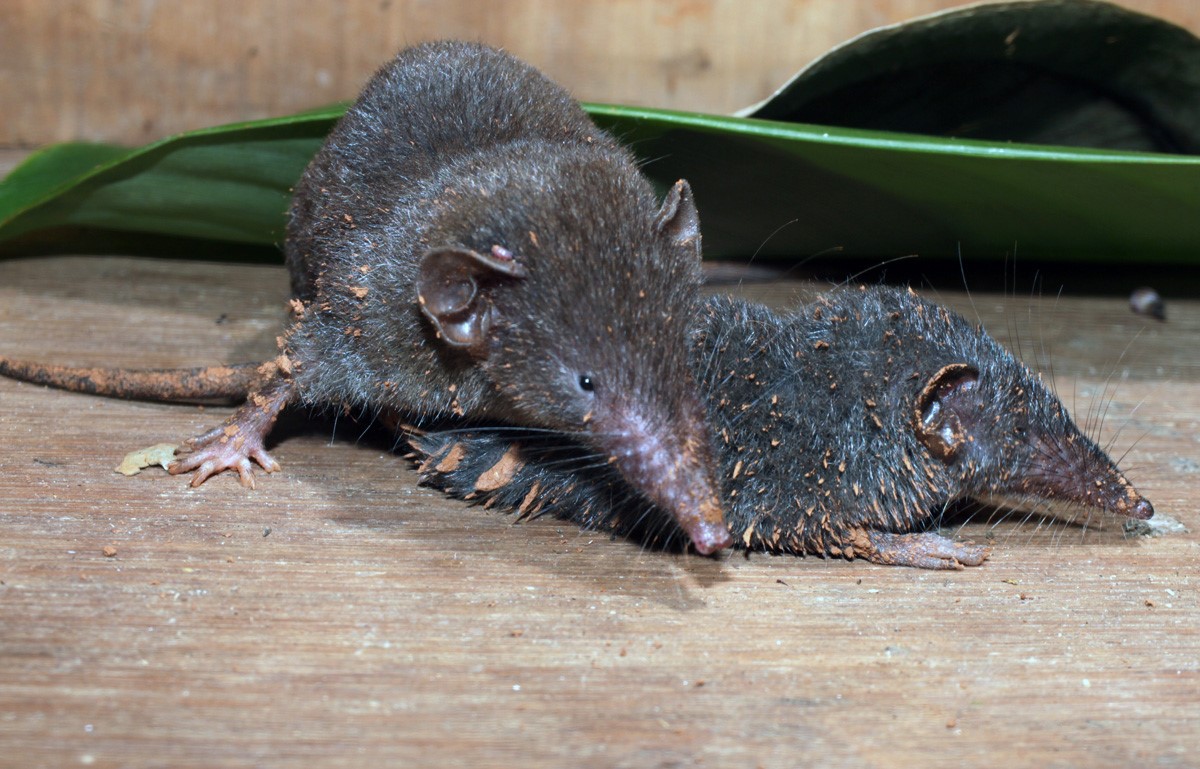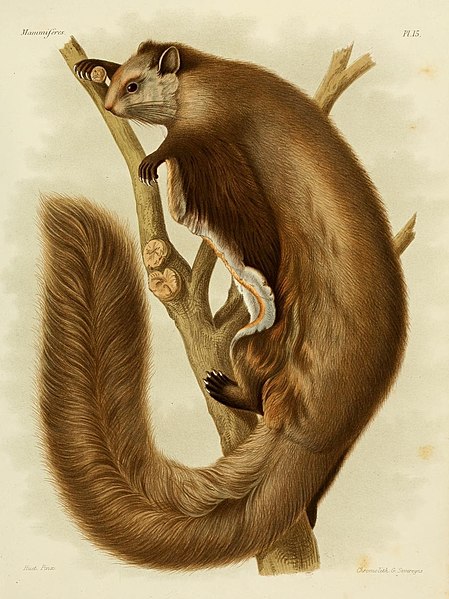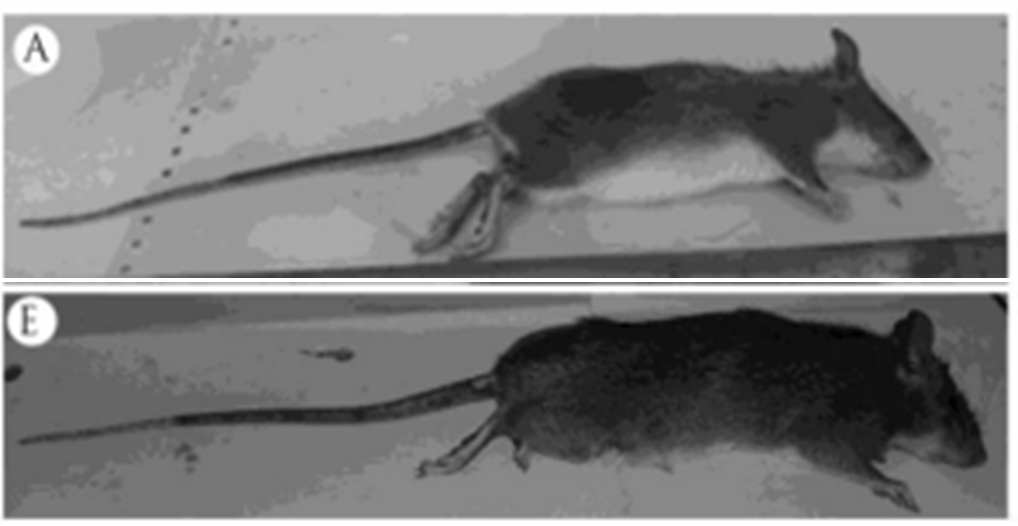The IUCN Red List of Threatened Species has just published its first update of the year (27th March 2025), including reassessments for many small mammal species submitted by the Small Mammal Specialist Group. This time around, most species stayed in the same category, with a handful moving to less threatened categories. Read about some of these species below.

Dusky Hopping-mouse (Notomys fuscus) – Near Threatened
First up is this mouse found in Australia, which has been downlisted from Vulnerable to Near Threatened in the latest update. Despite the large historical declines in abundance and distribution, this is a good news story. Increases in the range and populations have been recorded in recent decades, due to effective control of invasive European Rabbit (Oryctolagus cuniculus), which had the knock-on effect of lowering cat (Felis catus) and red fox (Vulpes vulpes) numbers as they were no longer being sustained by high rabbit availability.
Photo credit: Boyd Essex, Wikimedia.

Wimmer’s Shrew (Crocidura wimmeri) – Vulnerable
Wimmer’s Shrew – previously Critically Endangered – has been moved to Vulnerable status since new records have expanded the known distribution of this species. Found in Côte d’Ivoire and now also recorded in Ghana, this species is still under threat from land use change for agriculture, urbanisation, logging, and mining operations (both legal and illegal). The assessment highlights that research is needed to determine its trends, improve knowledge of its ecology, and measure the impact of threats.
Photo credit: Dr. Jan Decher. Male and female from pitfall trap in Atewa, Ghana.

Northern Chinese Flying Squirrel (Aeretes melanopterus) – Least Concern
This species is endemic to mountainous forests in China between 1,200 and 3,000m above sea level. In the latest update it has been moved from Near Threatened to Least Concern, because there is no evidence that it is facing any severe threats and is considered to have a stable population. Whilst it does have a very large extent of occurrence (EOO), it is thought that it has a relatively low population size. Assessors highlighted that taxonomic research is needed to determine whether the two sub-species are distinct enough to be considered separate species.
Image from G. Masson, 1868-1874, Recherches pour servir à l’histoire naturelle des mammifères.

Kenneth’s White-toothed Rat (Berylmys mackenziei) – Least Concern and Manipur White-toothed Rat (Berylmys manipulus) – Least Concern
In this update we also submitted two Berylmys species, moving them from Data Deficient to Least Concern. Both of these burrowing rodents appear to be widespread across parts of Asia, but likely face threats of habitat loss and possibly even hunting. Berylmys mackenziei in particular remains under some taxonomic uncertainty, so further research is needed.





